How can you do that? By writing interesting and compelling blog posts that would be valuable to your audience. Here are eight tips to help you do just that.
1. Know the message you want to deliver.
Before you start writing, you need to know what you plan to achieve with the help of your blog posts. Maybe you want to become a niche expert, to grow your network, to share your experience with the others, or to build up your professional value.
After you decide, focus on the message that would help you achieve your desired result. Maybe you could give valuable financing tips, or create amazing infographics to illustrate your posts or give some insights on working for a certain company, etc. Make sure that your content is focused on this type of message; this way you’ll become well-known for something specific and attract the attention of the people that you’re interested in.
2. Keep your network in mind.
Maybe you already have a network you want to expand, or maybe you want to build one. Either way, you should keep this network in mind while coming up with the ideas of a blog post.
Ask yourself: who are the people you want to attract and what things interest them? The answers could differ a lot, depending on the niche you’re working in. However, it’s important to stick to the related topics and to cover issues that are of current interest to your network.
3. Cover the trending topics.
Just as it’s important to the stick to the topics that seem interesting to your audience, it’s important to cover the latest trends in your niche. The reason behind this is very simple: it’s the latest trends that go viral and drive more traffic.
LinkedIn’s editors themselves look for posts that cover the latest trends — and if the posts are good, they promote them via Pulse channels, driving even more traffic to your page.
4. Don’t make them too long.
When it comes to ordinary blog posts, the principle ‘the longer, the better’ often works well (when the posts are informative and well-written, of course). However, when it comes to LinkedIn posts, you should stick to short ones (300-800 words) instead of long ones.
LinkedIn is a professional network mostly — and not all professionals have enough time to read long articles. That’s why, when it comes to LinkedIn promotion, it’s better to craft short and very informative articles instead of long and unclear ones.
5. Add a bit of personal information.
While your goal is to deliver informative content, this doesn’t mean that you have to strip it of your personality completely. After all, people can get similar advice in other places — it’s the personality that often makes them stay and continue reading the posts of a specific person.
Sharing something personal doesn’t mean telling the readers all about your life. Even adding some personal examples and coming up with your own advice counts as personal experience the readers would be interested in. For example, if you’re writing about essay topics, share some stories on how you came up with such topics during college years.
6. Polish your posts.
Once you are finished writing, found (or created) an image to illustrate your article, and crafted a proper headline, you can move on to polishing your article.
Of course, there are plenty of online services that can help you with the proofreading part, but polishing is not only about that. Proofreading is a must, yes, but it’s also important to check the formatting, to ensure that all links are clickable and lead to the right sites, that all the tags you want to use are included and all the images open.
Once that is done, proofread it manually one more time, paying special attention to grammar and spelling. While online proofreaders are good for an initial check, they still aren’t as effective as a manual check.
7. Don’t forget to be social.
Promotion is just as important as writing high-quality posts. However, promotion is not only sharing your post on other social media, it’s also about making the most of LinkedIn itself. Remember that it’s a social network — you can drive more traffic to your page simply by talking with people there.
Don’t settle for responding to comments only. Comment on other articles as well. Join some groups that are related to your niche and join the discussions there. This could help you become noticed by others, build your authority, and gain more followers.
8. Know your limits.
When it comes to any blog writing, consistency is definitely the key. You should post regularly, preferably at the same time to build an audience and to look professional. However, what exactly does ‘regularly’ mean? Should you do this every day? Twice a week? Once every two weeks?
It’s always better to start with small goals. For example, you can try posting once a month for a start, making sure that your posts are indeed valuable, informative, and fresh. Once you do this for a few months, consider increasing the frequency to twice a month. Once this becomes easy, you can move on to posting once a week if you have the time to do so.
Remember that quality is always better than the quantity and while the frequency is important, not overdoing it is even more important. Not everyone is able to dedicate themselves to the blogging only (at least, when they start). Most of us often need to combine writing with a full-time job. So when you decide to take it slow, you’ll ensure that you are able to produce high-quality content and monitor the results effectively without straining yourself too much.
20% Off All Business Cards
VIEW ALL CARDS
$60.05



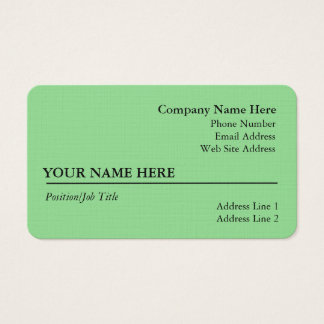
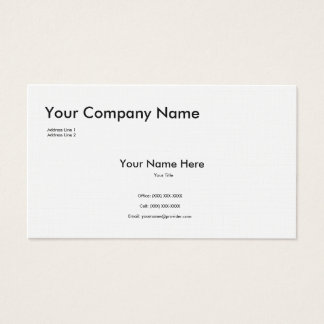
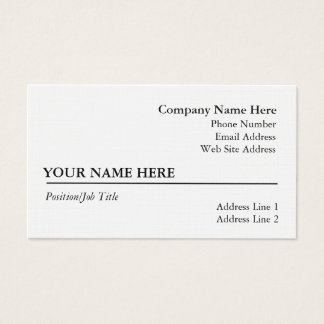

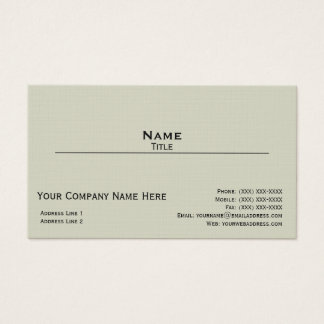
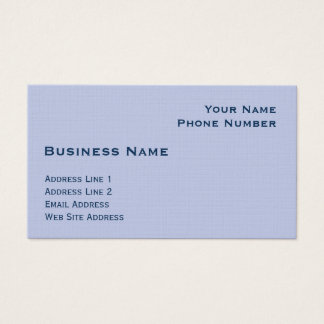

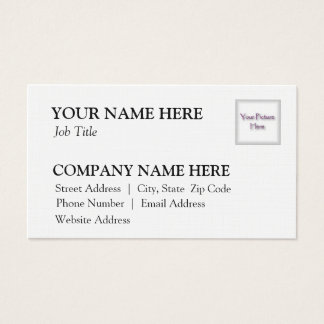
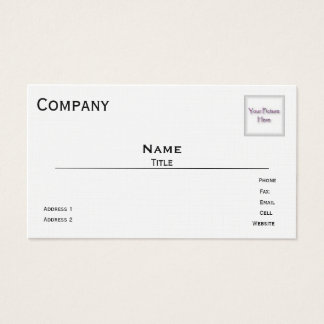
No comments:
Post a Comment